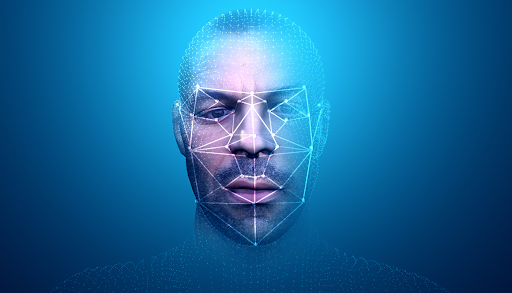Table of Contents
The facial recognition market is expanding at a rapid pace as governments, banks, and corporations install cameras across cities and buildings to enhance security. According to a report by Markets and Markets, the post-COVID 19 global facial recognition market size is expected to grow from USD 3.8 billion in 2020 to USD 8.5 billion by 2025, at a Compound Annual Growth Rate (CAGR) of 17.2% during the forecast period.
While the advantages of facial recognition such as increased public safety, fast and non-invasive identity verification, and reducing fraud are all well documented, major issues still face the industry. In anticipation of the explosive growth of facial recognition systems, privacy remains the key issue for most citizens, some who feel unwanted facial recognition systems invade massively on their privacy. The major problem lies in that the city residents rarely have any idea or consent to having their faces being filmed.
Mainly, facial recognition systems could cause privacy concerns if the biometric data is not securely protected, there’s a security breach or authorities misuse the biometric and facial recognition data. All these problems have slowed down the development of facial recognition systems, despite companies spending millions of dollars to develop the best and most advanced AI-based facial recognizers.
However, privacy concerns are not limited to fraud and identity theft. The explosive growth of social media use also raises concerns on what facial recognition systems can actually do. Photos taken by the facial recognition systems could be used by bad actors to create social media profiles which are then sold to third parties without consent.
Blockchain technology solving privacy issues
As facial recognition grows, better measures need to be put in place to avoid any privacy concerns. Blockchain technology aims to resolve privacy problems by introducing “anonymous facial recognition” identities.
Blockchain-based artificial intelligence company, Kairos argues that governments and corporations are capable of verifying your identification without taking your photo at every bus stop. The company has developed a biometrics blockchain that allows digital identity verification without the need for facial recognition. Simply, users can leverage their digital identity on a blockchain while protecting their individual privacy and giving them the power to access any of their accounts or wallets.
Additionally, PhotoChromic, a blockchain-based identity solution, also borders on not having facial recognition at the center of verifying a user’s digital information. Moreover, systems that use facial recognition do not own or keep the data, leaving total control of the data to the owner. Simply, the platform enables users to securely own, manage, verify and control their digital identities and personal information via a non-fungible token, or NFT.
Launched in 2020, PhotoChromic uses biometric proof of life, government-issued documents, and other unique features to create a digital identity for the user. The data is then filled onto a blockchain and stored in an NFT, which can be used to access any blockchain-based identity verification or Web3 applications. This allows users to verify their identities to the companies or applications as required, and this information cannot be sold or transferred to third parties.
💁♂️Have you thought about being able to fully manage the visibility of your #identity?
— PhotoChromic (@photo_chromic) December 13, 2021
✨#PhotoChromic lets you manage how your identity is distributed and viewed.
PhotoChromic is the perfect example of #privacy by design.🚀 pic.twitter.com/sMcPnU5r0M
Finally, Aetsoft, which offers blockchain-based facial recognition services, claims that blockchain technology will speed the efficacy of facial recognition technology while protecting the privacy of the user. The platform ensures that facial recognition data remains cryptographically secured on-chain and remains immutable to avoid any alterations of the data.
A futuristic facial recognition world
The next few years will shape the facial recognition industry as governments and companies continue spending billions of dollars on new technological developments. The introduction of AI and blockchain will be crucial in making facial recognition more efficient, faster, and more secure.
NFTs, which are pieces of data tied to the blockchain, could be programmed to show unique digital identities of the holder, hence improving the verification of digital identities. Projects such as PhotoChromic lead the development of these “decentralized identities” giving users power over their own data, which could help improve personal data security and reduce the privacy concerns associated with facial recognition.
Additionally, users can also sell their digital identities and receive token rewards. As is with PhotoChromic, users pay to mint their NFTs, do their enrollment KYC, and then get a “username.photochromic.eth” domain that they can use across the metaverse. Third parties who wish to get your information for advertising purposes will need to pay the domain holder, opening a passive income channel for everyone.
Final words
Despite the massive advantages facial recognition holds, governments and corporations still need to win over the general public due to privacy concerns with how data is stored and controlled. Blockchain technology solves some of the privacy issues while giving users total control over their data. But this is just the first step to having an effective facial recognition system across the globe.
The big challenge will be to educate the public on how blockchain-based digital identity systems protect privacy and their role in fighting fraud, theft, and securing users' data from third parties.
Disclaimer: This article is provided for informational purposes only. It is not offered or intended to be used as legal, tax, investment, financial, or other advice.














